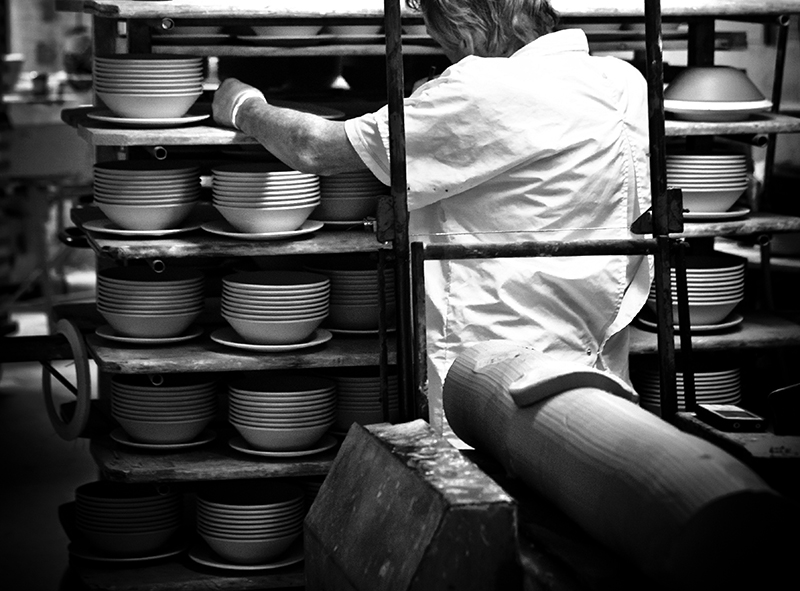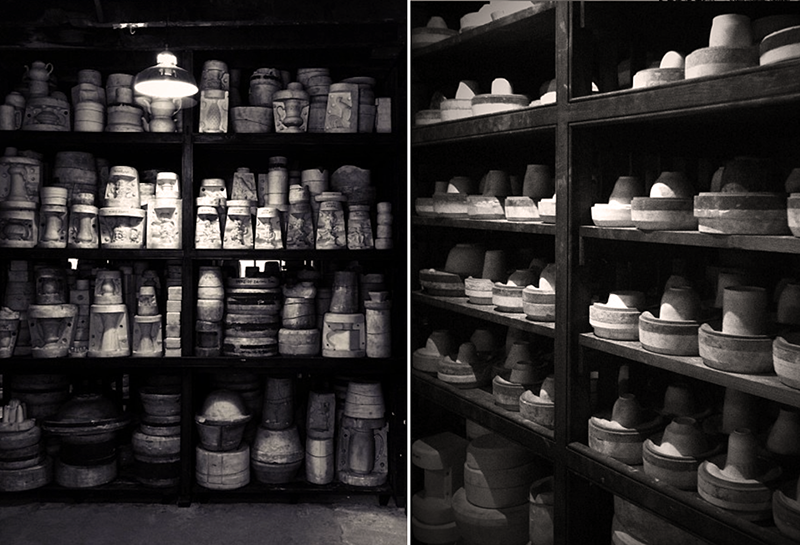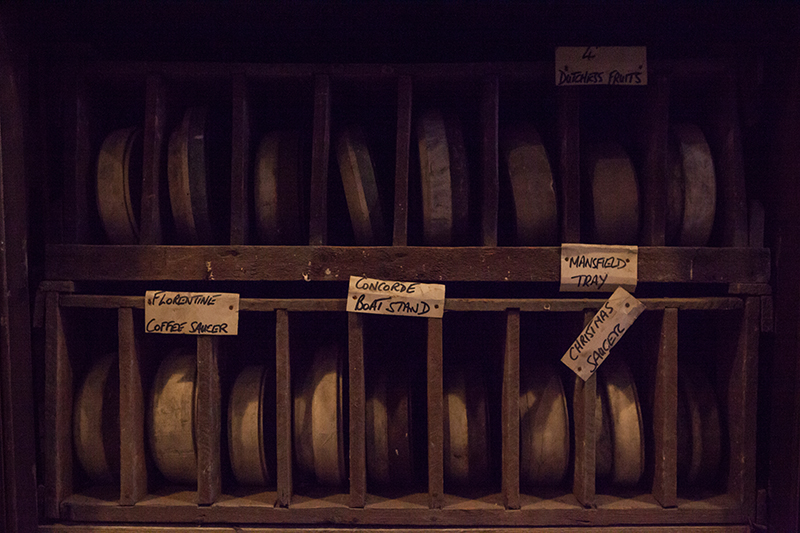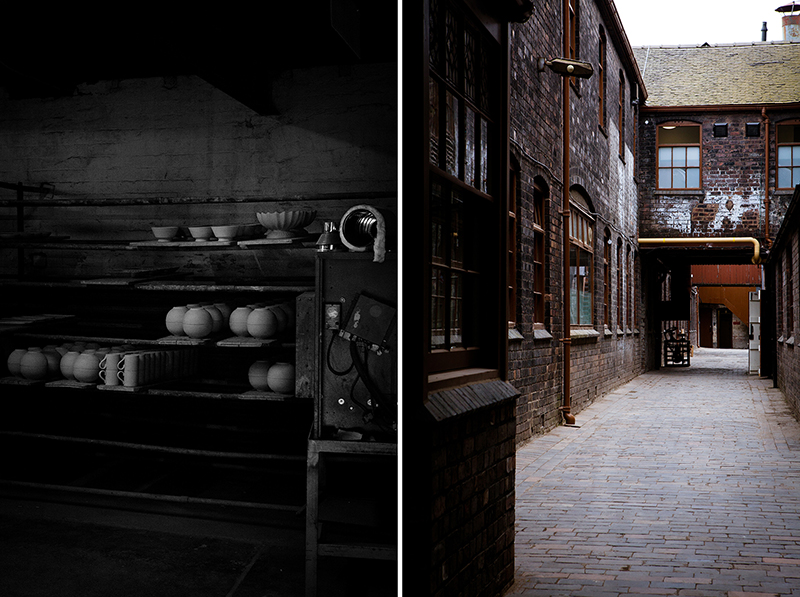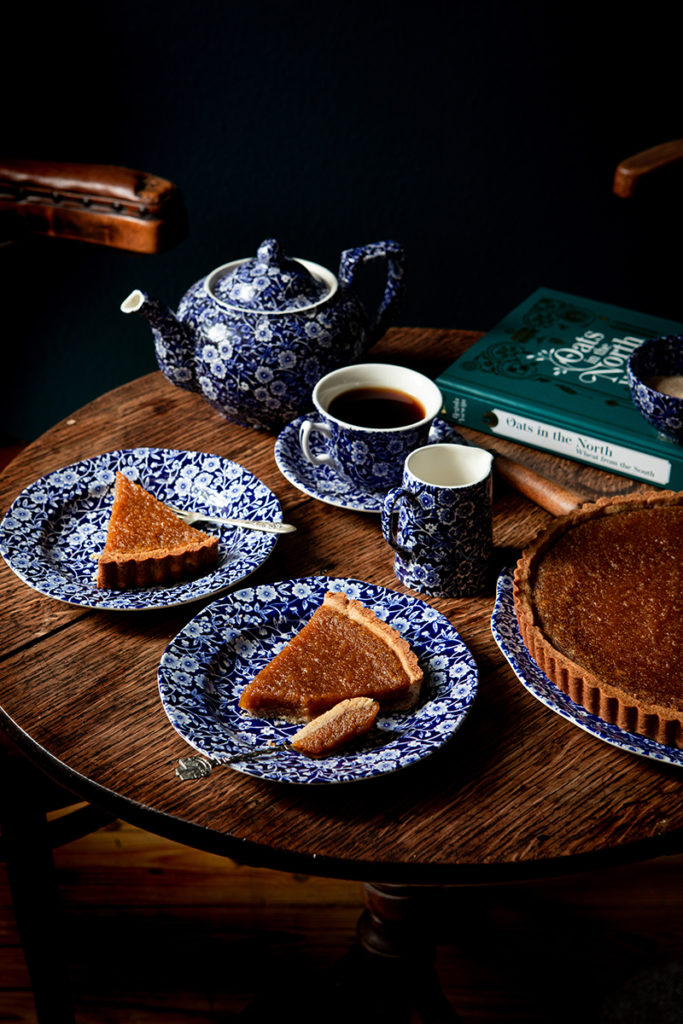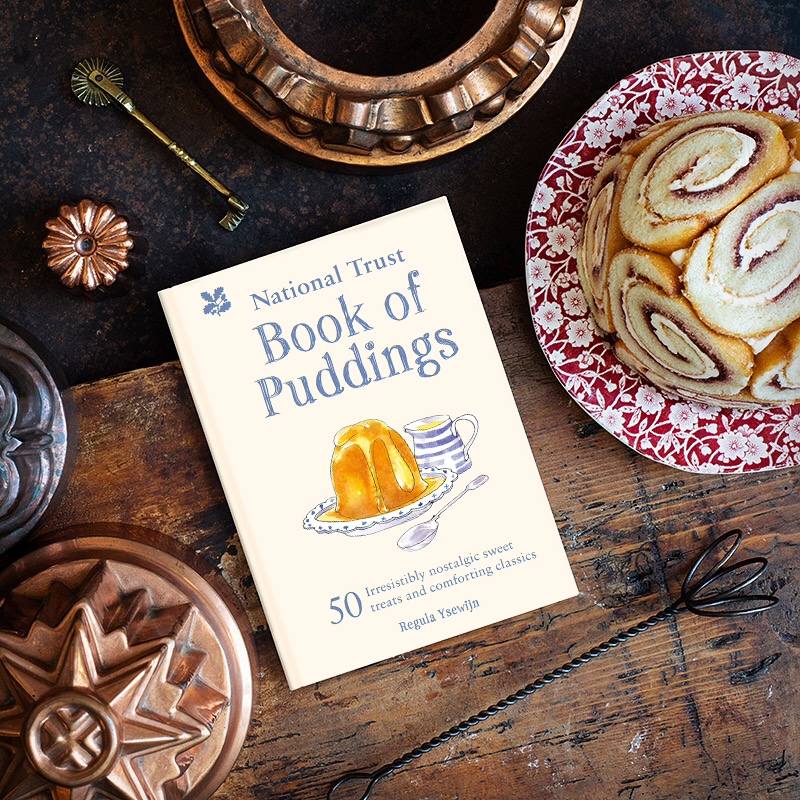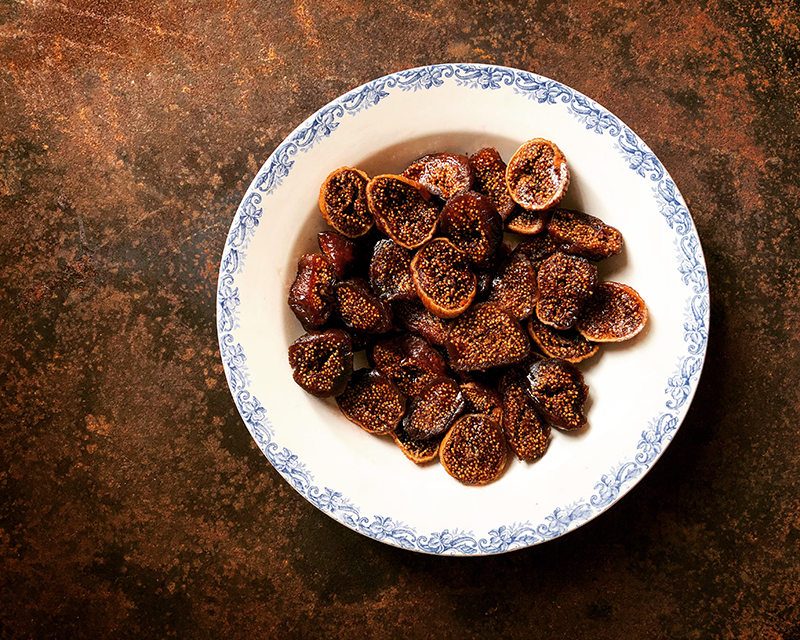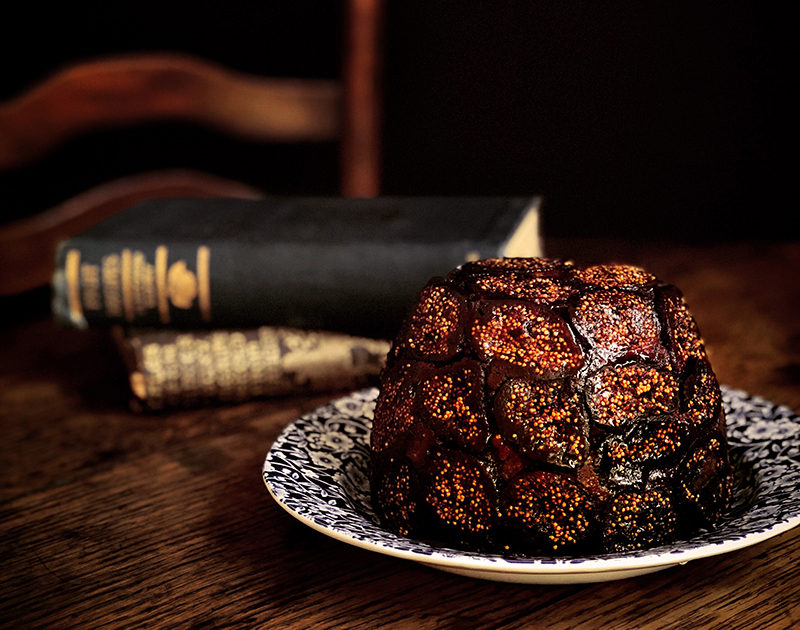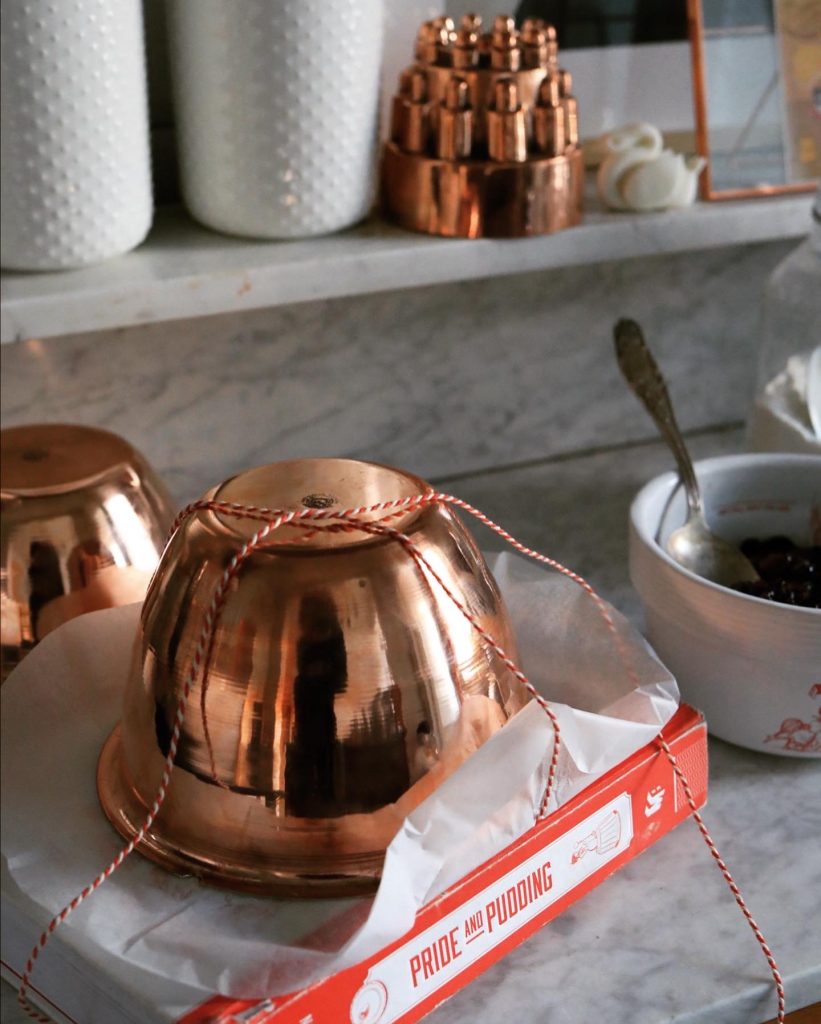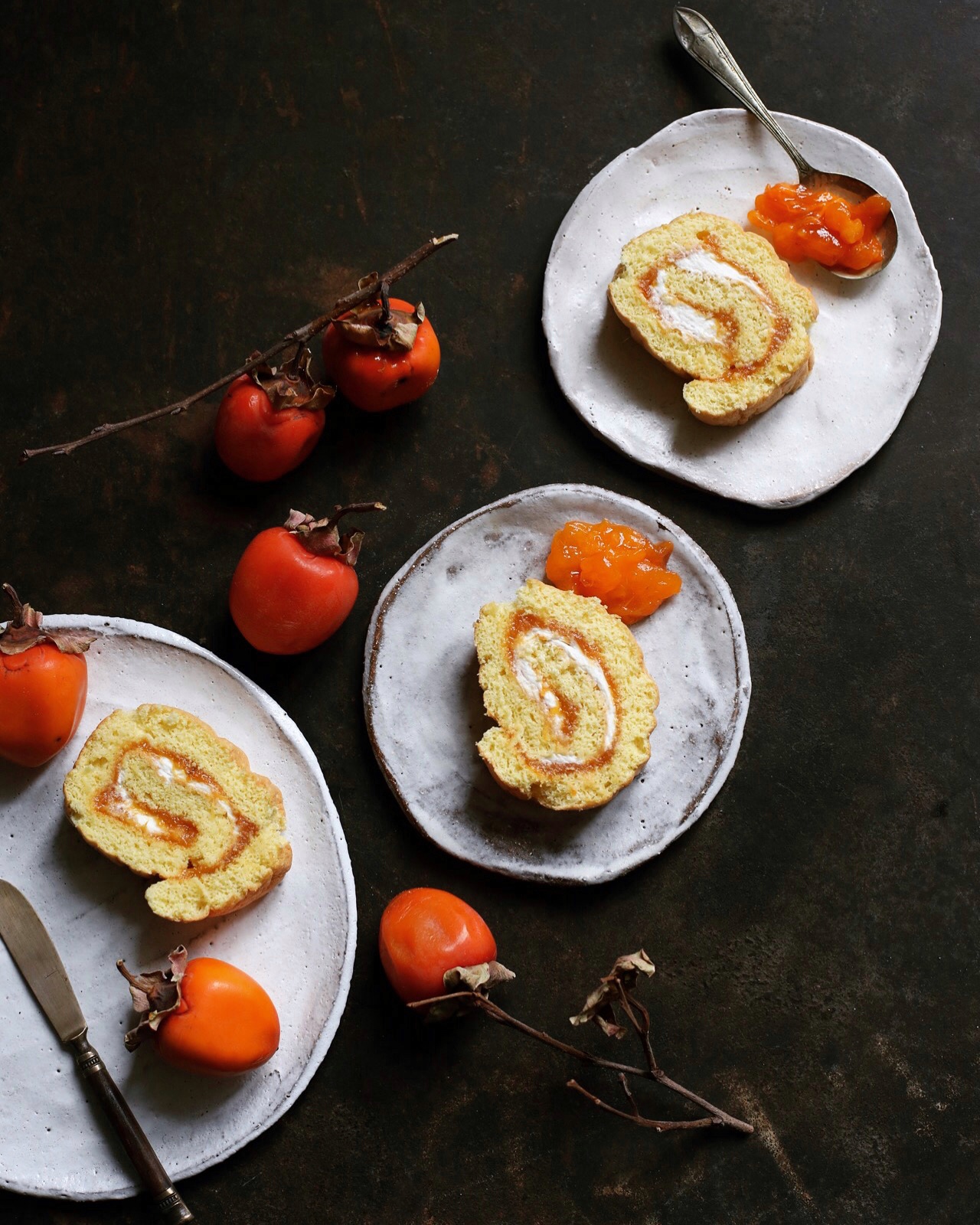The post Burleigh Pottery x Regula Ysewijn Competition appeared first on Miss Foodwise.
]]>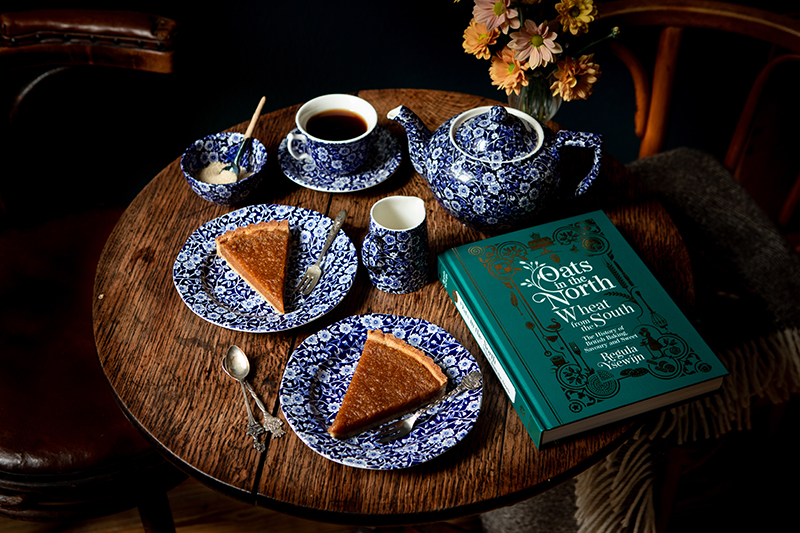 I am a huge Burleigh Pottery fan, as you will know if you have been following me on this website and my Instagram. I have used almost exclusively British pottery in my cookbooks Pride and Pudding and Oats in the North, Wheat in the South and a lot of that is Burleigh ware. That’s why Burleigh Pottery and I thought it was a super idea to team up to celebrate British pottery and my latest book on British baking! As an extra treat I’m finally sharing the pictures I took at Middleport Pottery many years ago, scroll down to find a reportage.
I am a huge Burleigh Pottery fan, as you will know if you have been following me on this website and my Instagram. I have used almost exclusively British pottery in my cookbooks Pride and Pudding and Oats in the North, Wheat in the South and a lot of that is Burleigh ware. That’s why Burleigh Pottery and I thought it was a super idea to team up to celebrate British pottery and my latest book on British baking! As an extra treat I’m finally sharing the pictures I took at Middleport Pottery many years ago, scroll down to find a reportage.
On to the giveaway! The winner will receive my book Oats in the North, Wheat in the South and Burleigh Pottery are offering this amazing Blue Calico (my favourite!) set worth over £250 consisting of:
A Blue Calico Teapot
A small milk jug
A sugar bowl
A large cake plate
2 dessert plates
2 teacups and saucers
All you need to do to be in the running to win is follow @burleighpottery and me @missfoodwise on Instagram and comment telling us why you’d love to win this incredible set of British pottery! You will have extra bonus entries if you share the competition page from @burleighpottery in an Instagram story, or if you bake my Treacle pumpkin tart recipe on the Burleigh website and share a picture of it on Instagram tagging us both (so we can see it and share!). Competition ends 31 oktober!
Burleigh ware is made by hand at the iconic Middleport Pottery in Stoke On Trent, it is the last working Victorian pottery in England. Burgess & Leigh was established in 1851. “Burleigh” is a combination of the two names William Leigh and Frederick Rathbone Burgess who were the founders. In my book Oats in the North, Wheat from the South’ which tells the history of British bakes and how the diverse climate of the British Isles influenced the growth of cereal crops and the development of a rich regional baking identity, you’ll read the story of the staple food of the pottery workers in the North of England and how these bakes are a fantastic relevant and healthy breakfast or lunch option today.
But since Halloween or Samhain is upon us I wanted to create a treacle tart with pumpkin for a very English pumpkin pie for this occasion. This recipe was adapted from the treacle tart recipe my latest book ‘Oats in the North, Wheat from the South’. Combining breadcrumbs with a sweet syrup in baked goods dates from before the 19th century, but the treacle tart that we know today came into existence sometime after the invention of the iconic golden syrup in 1883. It’s called “treacle tart” and not “golden syrup tart” because “treacle” is the general term for by-products of the sugar-refining process. Pecans are a nice addition to the tart crust, but don’t hesitate to replace them with more flour. See recipe on the Burleigh Pottery website here >
A couple of years ago I had the huge privilege to visit Middleport Pottery for a unique inside look into its Victorian buildings. Everything was covered in a thin layer of white dust, huge slabs of clay ready by the door. It was quiet and where there were people working, it felt like it was even quieter. The orange brickwork of the pottery was a bright light on a grey day which felt more like oktober than june. Behind an unassuming door I found a treasure trove of moulds, some over a century old. There were moulds for teacups, plates but also elaborate jelly moulds and other decorative pieces. The layer of dust on them acted like a blanket, where they rest until they can be used and produced again. The sleeping pottery of Middleport.
The only regret I have is that no one told us about the canal on the other side of the building, a place where barges come and go and where you can see the unique tower-high factory chimneys. I hope that one day, when this pandemic is over, I can travel here again, to walk by the streams in the beautiful Peak District and to once again enter the archway of Middleport pottery and make my photo reportage complete.
The post Burleigh Pottery x Regula Ysewijn Competition appeared first on Miss Foodwise.
]]>The post Figgy Pudding for my ‘National Trust Book of Puddings’ appeared first on Miss Foodwise.
]]>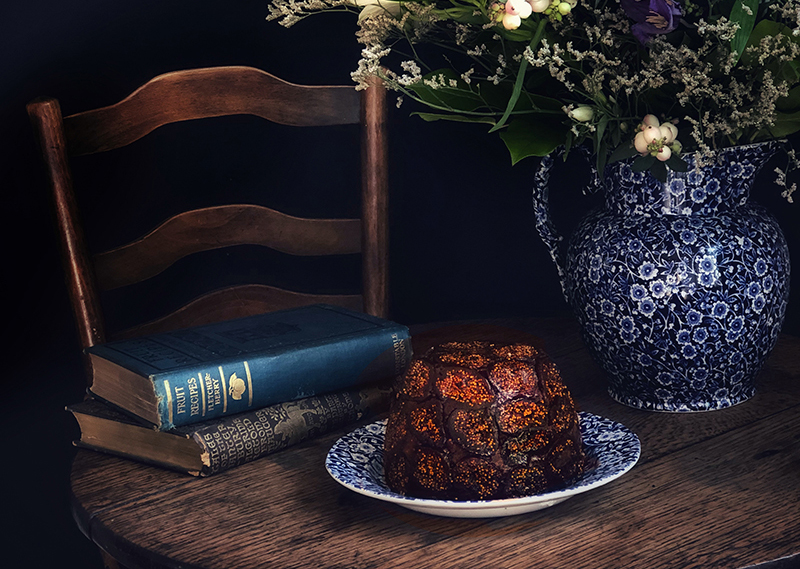
Today is Stir-up sunday and the most important day on the pudding calendar. Today is the day to prepare the Christmas pudding, or plum pudding. Why this should be done a month before Christmas is something I’ve written about in a previous posting here and in my book Pride and Pudding. But this year I wanted to give you an alternative to the traditional plum pud.
A figgy pudding is just another name for a plum pudding – and both of them generally refer to puddings made with raisins or currants and no figs at all. However there have been recipes for figgy pudding in the late 19th century, but those recipes did refer to puddings made with figs and didn’t give a recipe for plum pudding. Using dried figs, this results in a dark and luxurious winter pudding. Why not have this as your pudding on Christmas day for a change this year?
This is a recipe from my little book the ‘National Trust Book Of Puddings‘ which was published in april (2019).
Maybe you have noticed on instagram or you have spotted one of my previous post about the copper pudding basin I developed with the people from Netherton Foundry? It creates a perfect pudding because copper holds the heat much better than ceramics do. It is a pudding basin for life, and one to pass on to your sons and daughters, because this is seriously durable and also incredibly pretty. To find out more about the copper pudding pot, go over to Netherton Foundry’s website here.
Figgy Pudding – from my book ‘The National Trust Book of Puddings’
- 400g dried figs
- 3 tablespoons golden syrup
- 120ml red wine
- 20ml Cointreau
- 60g currants
For the pudding
- 110g plain flour
- 60g shredded suet
- 120g brown sugar
- 60g fresh breadcrumbs
- 1 teaspoon baking powder
- 1/2 teaspoon ground nutmeg
- 1 teaspoon mixed spice
- Pinch of salt
- 2 eggs
- 75ml stout or porter beer
Method
Start the day before you want to make the pudding. Put the figs and golden syrup into a saucepan with the red wine and Cointreau and bring to a simmer for about 5 minutes, stirring to immerse the figs in the liquid. When the figs have softened, remove them and set aside while simmering the liquid until it becomes syrupy. Cut any tough stems off the figs, then halve the figs and put them in the syrup to soak overnight. Soak the currants separately in a little water. It is also best to mix the pudding a day or a few hours in advance. Mix together all the dry ingredients in a large bowl, then add the eggs, currants and stout and mix well by gently stirring with a wooden spoon.
Prepare a 1.1-litre pudding basin for steaming and preheat the oven to 160C. See how to prep a pudding basin on this post about Christmas pudding here >
Arrange the halved figs all around the basin. Chop any leftover figs and fold them into the pudding mixture then spoon the mixture into the basin, cover and steam in the oven for 3 hours.
When done, turn the pudding out on to a plate. Warm any leftover syrup and drizzle over the pudding. Slice and serve with custard or clotted cream.
The post Figgy Pudding for my ‘National Trust Book of Puddings’ appeared first on Miss Foodwise.
]]>The post Persimmon roll cake appeared first on Miss Foodwise.
]]>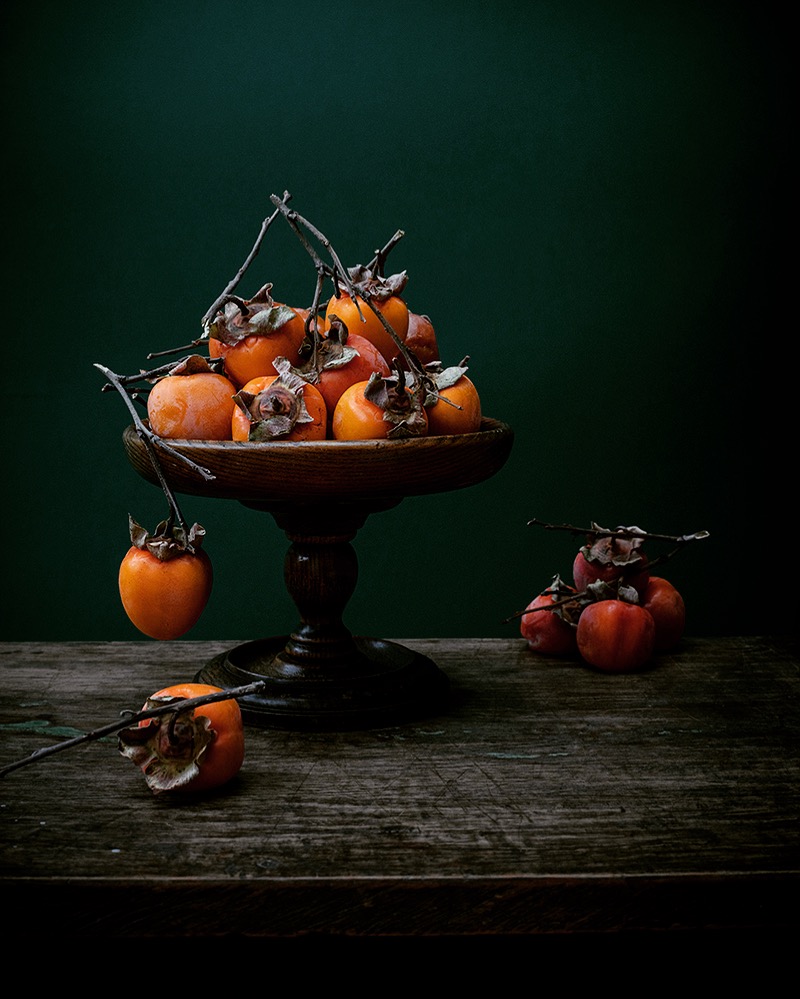 Turns out I’ve never experienced a persimmon in its prime. Doubtful about the overly ripe state of my bunch I was assured that this is how a persimmon should be eaten. Carefully cutting into the skin and scooping out the jammy flesh. A whole new world of persimmon opened… how on earth have I never tasted a ripe specimen before? I like them quite hard, eaten pared like a peach but this is something else. It opens up so many possibilities. The flesh scooped on thick yoghurt or even a creamy dessert or ice cream.
Turns out I’ve never experienced a persimmon in its prime. Doubtful about the overly ripe state of my bunch I was assured that this is how a persimmon should be eaten. Carefully cutting into the skin and scooping out the jammy flesh. A whole new world of persimmon opened… how on earth have I never tasted a ripe specimen before? I like them quite hard, eaten pared like a peach but this is something else. It opens up so many possibilities. The flesh scooped on thick yoghurt or even a creamy dessert or ice cream.A thick jam to spread on toast, eat with a good blue cheese or use as a filling for a light sponge cake.
American readers have told me their mothers used to make persimmon pudding and persimmon biscuits. Possibilities with persimmon are plenty, that is if you have the patience to let the orange baubles ripen enough for them to almost burst.
Having received a bunch of persimmon as a gift, the fruit still beautifully attached to their wilted branches, I wanted to make the most of this little crop.
First there was the joy and amazement to scoop out the flesh and eating straight from its incredibly thin yet leathery skin. Then there was indeed the splash of colour it brought to my morning skyr. And then there had to be cake, shared with friends and the lucky plasterers at work in my new studio kitchen downstairs. The English love a roll cake, maybe even more than anywhere else in the world, usually with strawberry or raspberry jam with or without cream or with fresh rasberries and strawberries. This cake recipe is wonderfully fluffy, it might sound like a faf to first make a merengue but really if you have one of those big mixers this recipe is a walk in the park. You do need a swiss roll tin or you’ll have to improvise. Happy baking!
Persimon roll cake
What do you need
Thick persimmon jam
You only need about 4 tablespoons of jam
Equal amounts of persimmon flesh to jam sugar
Whipped cream
- 200 ml of double cream (min 40% fat)
- 1 tablespoon of sugar
Swiss roll batter
- 4 eggs, separated
- 100g caster sugar
- Grated zest of 1 lemon
- 45g plain flour
- 45g semolina (or cornflour)
- Pinch of salt
Make the jam as you would normally do, scooping the flesh from the ripe fruit. Let the jam cool.
Preheat your oven to 220°C
Make the roll cake, normally I’d use organic corn flour but in this case I wanted a more yellow cake so used semolina flour instead. You can of course use cornflour instead.
Line a swiss roll tin with baking paper and sprinkle with caster sugar. To make the sponge, whisk the egg whites in a large bowl until they form stiff peaks. Add in the caster sugar, a teaspoon at a time, until you have a meringue. Add a teaspoon of meringue mixture to the egg yolks, add the zest and whisk together. Then add the egg yolk mixture to the meringue and mix well. Sift the flour, then fold the flour and cornflour into the meringue, making sure it is well mixed but keeping in as much air as possible. Scoop the batter into the swiss roll tin and level the surface with a spatula. Bake for 6–8 minutes until pale golden.
Whip 200 ml of double cream (min 40% fat) with 1 tablespoon of sugar
Turn out the sponge on to a sheet of baking paper, trim the sides, then roll up and set aside for a few minutes. Unroll the sponge, spread with the jam and dollop the whipped cream on to the sponge then roll up to end with the seam on the bottom.
Serve immediately as it is or with a scoop of fresh persimmon flesh on the side.
The post Persimmon roll cake appeared first on Miss Foodwise.
]]>
